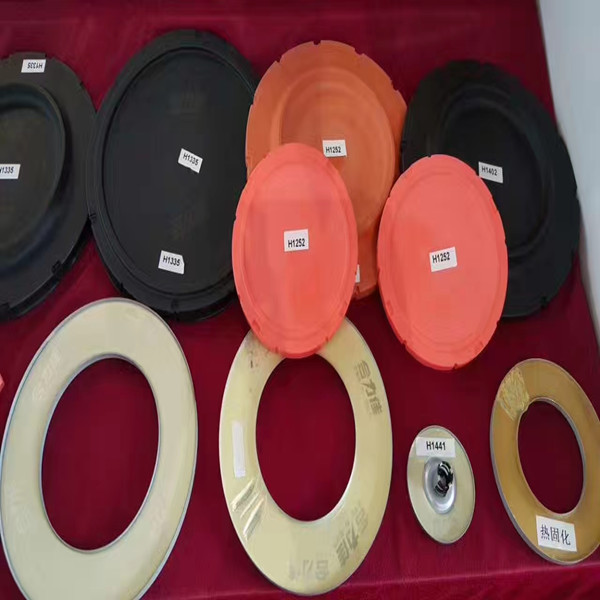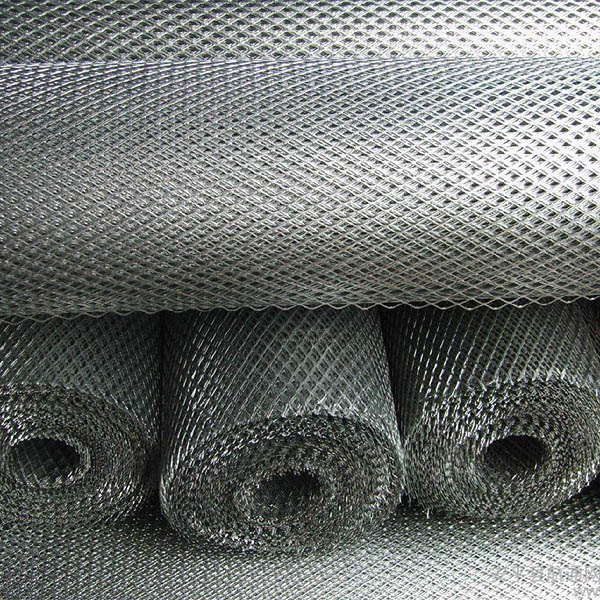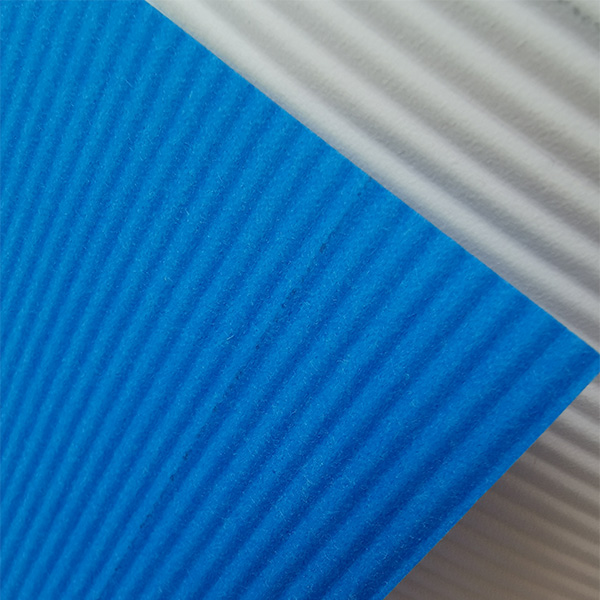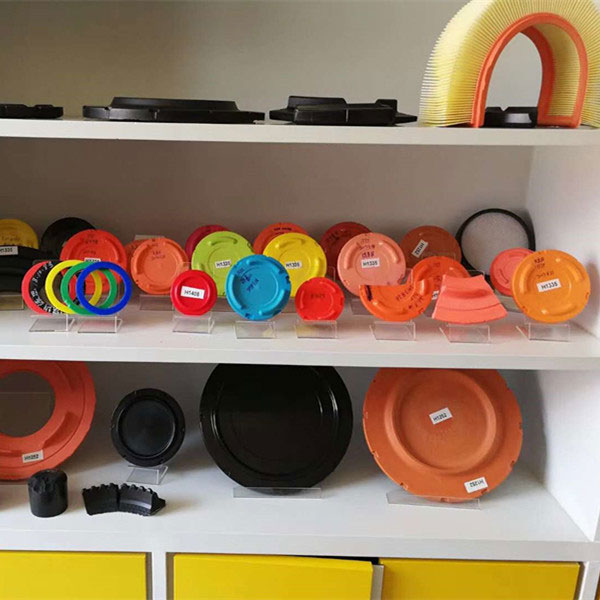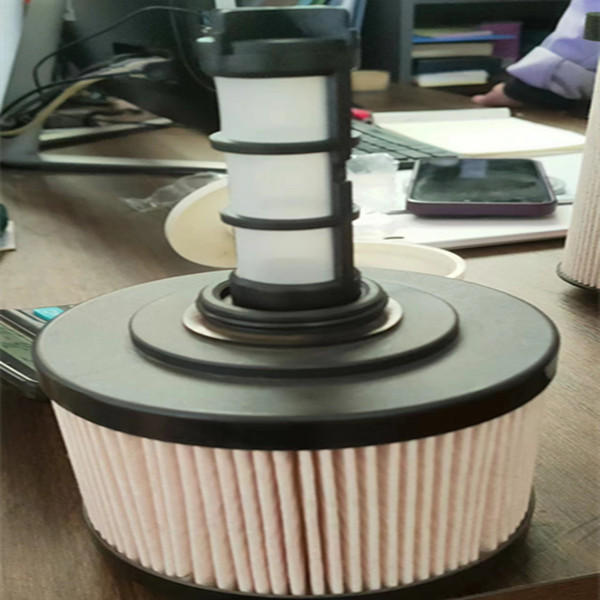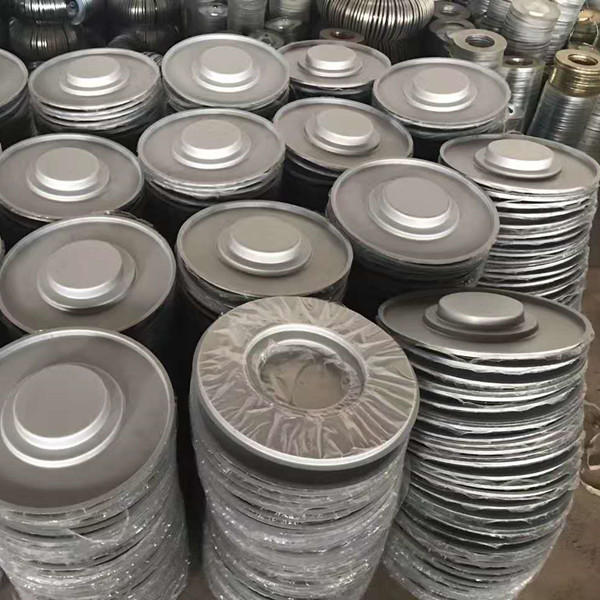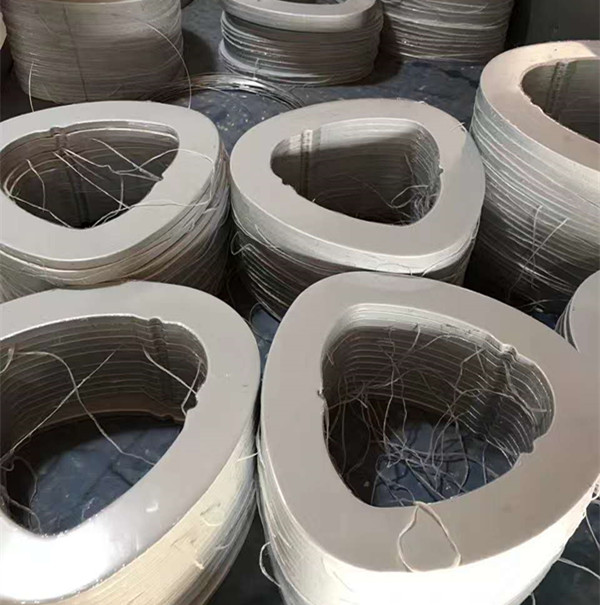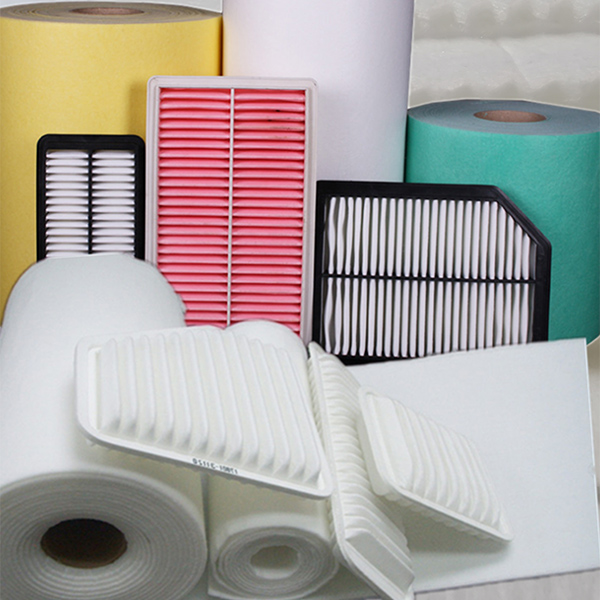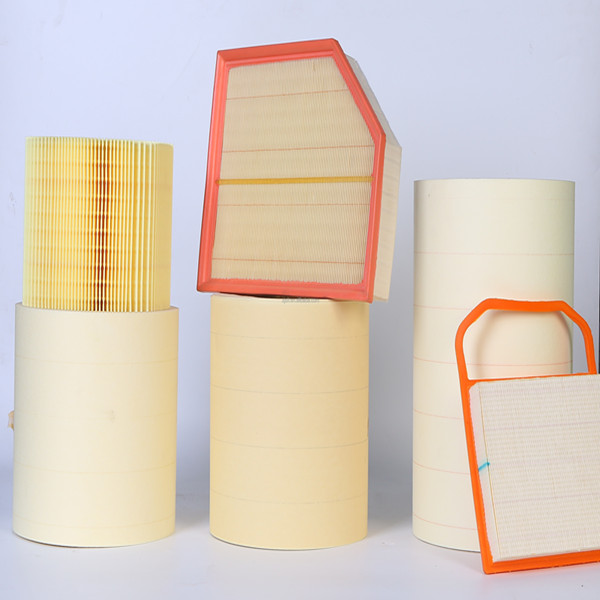Cellulose nitrate filter paper is widely regarded as an essential medium for precise filtration in laboratories and industrial applications. Its exceptional pore structure allows efficient retention of particles while permitting rapid liquid flow, making it ideal for chemical analysis, environmental monitoring, and microbiological studies.
This filter paper exhibits remarkable chemical resistance, enabling it to handle a variety of solvents and reagents without degradation. In microbiology, cellulose nitrate filter paper is used to capture bacteria from liquid samples, providing a reliable substrate for colony enumeration and microbial analysis. Its high wet strength ensures it remains intact during prolonged contact with aqueous solutions, which is crucial for achieving reproducible results.
In practical laboratory scenarios, cellulose nitrate filter paper is often used in conjunction with vacuum filtration setups. Its uniformity prevents channeling and ensures that all liquid passes evenly through the filter, resulting in accurate sample processing. Researchers prefer it for tasks such as filtering culture media, concentrating microorganisms, or performing gravimetric analyses, where precision and reliability are essential.
Cellulose Acetate Filter Paper for Sensitive Analytical Work
Cellulose acetate filter paper combines mechanical durability with chemical resistance, providing a versatile option for sensitive laboratory applications. It is extensively used in water testing, biomedical research, and analytical chemistry.
The consistent pore size of cellulose acetate filter paper ensures uniform filtration, which is critical for quantitative analysis and high-precision measurements. Its compatibility with aqueous and organic solutions expands its usability across diverse laboratory protocols. For instance, in pharmaceutical analysis, cellulose acetate filters prevent contamination while allowing efficient separation of fine particulates from solutions.
Laboratory technicians value cellulose acetate filter paper for its balance of robustness and precision. Unlike more delicate filter papers, it can withstand repeated handling and slight mechanical stress without compromising filtration quality. It is also suitable for air sampling, allowing collection of airborne particulates for environmental or industrial monitoring.
Cellulose Nitrate Membrane Filter Paper for Microbiological Applications
Cellulose nitrate membrane filter paper plays a vital role in microbiology and analytical sciences due to its smooth surface and uniform pore structure. It is highly effective for capturing microorganisms or fine particulate matter from liquids.
Applications include water quality assessment, pharmaceutical sample preparation, and air contamination studies. The membrane allows easy microscopic examination and colony counting, making it invaluable in research and regulatory laboratories. Its consistent pore size ensures reproducibility, critical for experimental accuracy.
Cellulose nitrate membrane filters are also used in industrial quality control processes, such as monitoring microbial contamination in production lines. The combination of mechanical strength and chemical compatibility ensures they perform reliably under varied conditions. Laboratories often pair them with vacuum filtration systems to speed up processing and improve sample throughput.
Cellulose Paper Filter for Routine Laboratory Use
Cellulose paper filter is a versatile and cost-effective solution for everyday filtration needs in laboratories and industrial setups. It is suitable for liquid and air filtration, sample preparation, and residue analysis.
Available in different grades, pore sizes, and thicknesses, cellulose paper filters can be selected to match specific experimental requirements. Their biodegradability and environmental friendliness make them ideal for routine laboratory operations. Industries such as pharmaceuticals, food and beverage, and environmental monitoring rely on cellulose paper filters for consistent, high-quality results.
Practical applications include filtering chemical suspensions, clarifying solutions, and removing particulate contaminants from liquids. The strength and structure of cellulose paper filters prevent tearing and ensure reliability, even in high-throughput scenarios. They are a preferred choice for laboratories needing a dependable and affordable filtration medium.
MCE Filter Paper for High-Precision Applications
MCE filter paper (Mixed Cellulose Ester) combines the properties of cellulose nitrate and cellulose acetate, offering high particle retention and excellent chemical compatibility. It is widely applied in microbiology, analytical chemistry, and water testing laboratories.
The uniform pore structure of MCE filter paper ensures precise filtration, capturing even micro-scale particles with high efficiency. Its superior wet strength allows it to withstand liquid exposure without disintegration, supporting delicate analytical procedures. Many laboratories choose MCE filter paper for its reproducibility, reliability, and versatility across different testing environments.
MCE filters are used in air monitoring, microbial analysis, and industrial quality control. They allow efficient sample collection and preparation for microscopy or spectroscopic examination. Laboratories benefit from the combination of mechanical durability and high filtration performance, making MCE filter paper a staple in high-precision scientific workflows.
Practical Applications and Advantages of Cellulose Filter Papers
The applications of cellulose-based filter papers span multiple industries. In environmental science, they are used to analyze water and air samples for pollutants and microbial contamination. Pharmaceutical companies rely on these filters for sample purification, preparation of sterile solutions, and quality control. In educational laboratories, cellulose filters provide students with hands-on experience in accurate sample separation and analysis.
Cellulose filters offer several advantages: they are biodegradable, cost-effective, chemically compatible with a wide range of solvents, and available in various pore sizes and thicknesses. These properties make them ideal for both routine and specialized laboratory tasks. High-performance filters ensure reproducibility, efficiency, and accuracy in research and industrial processes.
Choosing the correct filter paper depends on the intended application. For microbiological tasks, cellulose nitrate filter paper or MCE filter paper is recommended due to high retention and wet strength. For chemical analyses involving organic solvents, cellulose acetate filter paper is preferred for its solvent resistance. Routine filtration can utilize cellulose paper filter for cost-effective and reliable performance.
Factors to consider include pore size, wet strength, chemical compatibility, and mechanical durability. Understanding these parameters ensures that the filter paper meets both experimental and industrial needs. Selecting the appropriate filter reduces errors, improves results, and enhances overall efficiency in laboratory operations.
MCE Filter Paper FAQs
What is the difference between cellulose nitrate and cellulose acetate filter paper?
Cellulose nitrate offers higher wet strength and is ideal for microbiological applications, while cellulose acetate provides uniform filtration and chemical resistance for analytical work.
Can cellulose nitrate membrane filter paper capture bacteria effectively?
Yes, its smooth surface and fine pore size are designed to trap microorganisms efficiently for colony counting and analysis.
Are cellulose paper filters environmentally friendly?
Yes, standard cellulose paper filters are biodegradable, making them suitable for environmentally conscious laboratory practices.
What applications are best suited for MCE filter paper?
MCE filter paper is excellent for microbiology, air and water analysis, and precision chemical experiments due to high particle retention and mechanical strength.
How do I select the right cellulose filter paper for my lab?
Consider the application type, chemical compatibility, required pore size, and wet strength. Microbiology favors cellulose nitrate or MCE filters, while routine chemical filtration can use standard cellulose paper filters.
For all your laboratory filtration needs, including cellulose nitrate filter paper, cellulose acetate filter paper, cellulose nitrate membrane filter paper, cellulose paper filter, and MCE filter paper, choosing high-quality materials ensures accurate, reproducible results every time.
Leading suppliers provide a full range of cellulose filter papers suitable for research, industrial, and educational applications. Browse the company website for product specifications, purchase options, and bulk order details. By selecting professional-grade cellulose filter papers, your laboratory workflows become more reliable, efficient, and precise.
Post time: Aug-29-2025

